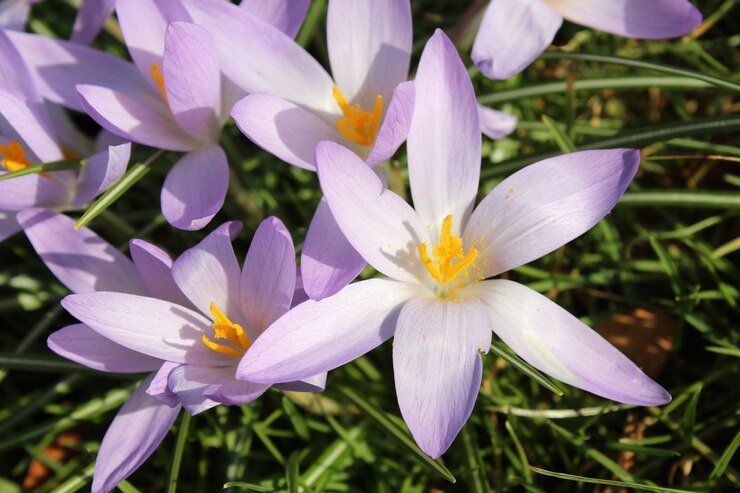Petunias are among the most popular ornamental plants in gardens worldwide, known for their vibrant flowers and variety of colors. However, what many may not realize is that petunias belong to a specific category of plants called dicots. Why is a petunia a dicot the classification of plants is based on the number of seed leaves, or cotyledons, they have. Petunias, with their two cotyledons, are classified as dicots. In this article, we’ll explore why petunias are considered dicots, how they fit into the larger plant classification system, and what this classification means for their growth and characteristics. Understanding these aspects can offer deeper insights into the plant’s biology and why it thrives in various environments.
1. What Does It Mean for a Plant to Be a Dicot?
In the world of botany, plants are generally classified into two major groups based on the number of cotyledons (the first leaves that appear in the seed): monocots and dicots. Monocots, as the name suggests, have one cotyledon, while dicots, like petunias, have two. Cotyledons play a significant role in the early stages of a plant’s growth by providing nourishment before the true leaves appear. Dicots, which include a wide variety of plants like roses, sunflowers, and petunias, typically exhibit distinct characteristics that distinguish them from monocots. For example, dicots often have broad leaves with a network of veins, and their vascular bundles (the tissue that conducts water, nutrients, and food) are arranged in a circular pattern within the stem. These features are consistent in petunias, making them easily identifiable as dicots.
2. The Role of Cotyledons in Plant Development
The cotyledons are the first leaves that emerge from a seed when it begins to sprout. They serve as the initial source of food for the plant before it can start performing photosynthesis. In dicots, the presence of two cotyledons is a defining feature, and this is one of the reasons petunias are classified as dicots. These cotyledons are often broad and fleshy, helping to store nutrients that the plant will use as it grows. In the case of petunias, the cotyledons are visible after the seed germinates, providing the initial nourishment until the plant establishes its true leaves, which will begin the process of photosynthesis to sustain its growth.
3. Petunias’ Growth Characteristics and Their Dicot Nature

Petunias exhibit several growth characteristics typical of dicots, which further confirm their classification. One key characteristic of dicots is the arrangement of their vascular tissue, which is typically organized in a circular pattern within the stem. In petunias, the vascular bundles form a circle around the center of the stem, which contrasts with monocots, where vascular tissue is scattered throughout the stem. Additionally, dicots like petunias tend to develop taproots—an arrangement where the primary root grows thick and deep, with smaller roots branching off. This is a crucial adaptation for absorbing water and nutrients, allowing the plant to thrive in various soil types and environmental conditions.
4. How Dicots Differ from Monocots: A Comparative Overview
Understanding why petunias are dicots also involves understanding how dicots differ from monocots. In monocots, there is typically only one cotyledon, and the veins in the leaves are parallel, as opposed to the network or reticulate veins found in dicots like petunias. Monocots also tend to have fibrous root systems, where the roots grow out in multiple directions without a dominant central root. Unlike dicots, monocots often have flower parts in multiples of three. Petunias, with their two cotyledons, netted leaf veins, and circular vascular tissue, fit firmly within the dicot category.
5. The Importance of Petunia’s Dicot Classification
The classification of petunias as dicots is not merely a matter of botanical interest; it has practical implications for their cultivation, care, and reproduction. Knowing that petunias are dicots can help gardeners understand their growth patterns, root structure, and overall care needs. For instance, the taproot system of dicots like petunias can make them more drought-resistant than monocots with shallow fibrous roots. Additionally, understanding the plant’s vascular structure helps in recognizing how it transports nutrients, which can inform decisions about watering, fertilizing, and pest control.
6. Conclusion: Petunias and the Significance of Being a Dicot
In conclusion, the classification of petunias as dicots plays a significant role in understanding their development, characteristics, and needs. With their two cotyledons, circular vascular arrangement, and characteristic root and leaf structures, petunias are quintessential examples of dicot plants. Recognizing these traits not only deepens our appreciation of petunias but also provides essential knowledge for anyone involved in their care or study. By understanding why petunias are dicots, gardeners and plant enthusiasts can better cater to their needs, ensuring these beautiful flowers thrive in any environment.

